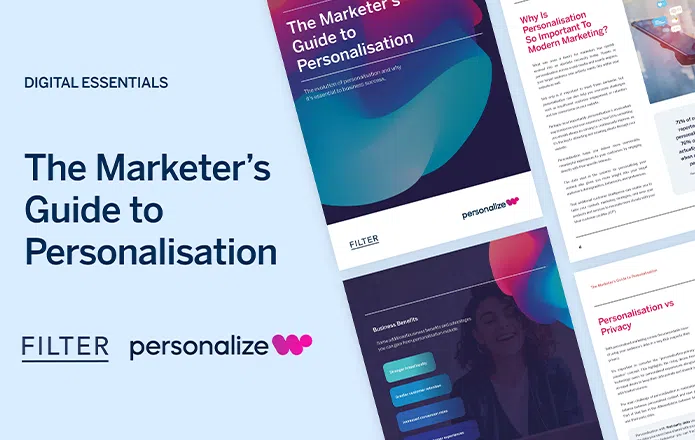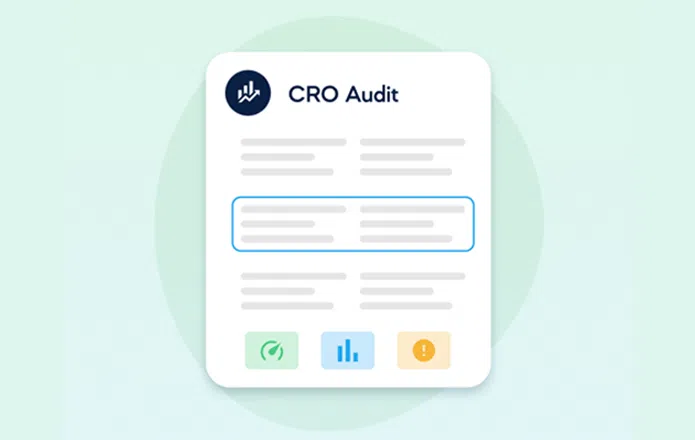
Discover a range of strategies to increase your website conversions – in this article, we cover the essential steps to elevate user engagement and drive your digital success.

In the world of digital marketing, having a visually appealing website is definitely important. However, it’s also important to recognise that this is only one piece of the puzzle.
The true measure of a website’s effectiveness goes beyond aesthetics, it lies in its ability to transform casual visitors into valuable customers or leads.
Your website is basically a virtual storefront and just like a physical brick and mortar shop, foot traffic isn’t the ultimate goal. It’s all about getting those visitors to engage with what you’re offering, make a purchase or take a particular action.
In this article, we will be exploring various different methods of increasing website conversions. Whether you’re a seasoned marketer looking to refine your approach or a business owner starting your own venture, our insights will help you to navigate optimising your conversion process.

It’s important to include compelling CTA’s on your website as they will act as a roadmap for users, directing them towards the desired action and shaping their journey through the site.
There should always be a clear goal in mind, whether it’s encouraging a purchase, a sign-up or a download. Effective CTA’s not only capture users attention but they can also ignite curiosity and prompt users to explore, engage and convert.
To get the most from your CTA, it’s important to choose action-oriented language that will resonate with your audience’s aspirations and preferences.
By offering clarity, value and a sense of urgency, compelling CTA’s can create a seamless pathway to conversion, enrich user experiences and drive tangible results.
Incorporating personalisation within your digital strategy can significantly increase your conversion rates. By tailoring experiences based on individual preferences, behaviours and demographics, you will build a deeper connection with your audience.
This connection fosters trust and resonates with users on a more personal level, increasing their likelihood of engagement and interaction and ultimately, conversion.
There are a variety of ways to implement personalisation throughout your website but if you’re using WordPress as your CMS, plugins are a great place to start. You will find some great options on the WP repository such as the freely available PersonalizeWP, which can be used to easily add personalisation features in seconds.
Using personalisation creates a sense of exclusivity and relevance which will drive users to explore offerings that align with their needs and desires. While also creating a compelling incentive for users to take specific actions, resulting in a measurable boost in conversions.


Introducing our new eBook, part of the Filter team’s Enterprise Series. This edition explores the power of Personalisation, guiding businesses on delivering tailored content to website visitors based on their interactions and browsing history.

The speed at which your website pages load can significantly affect a user’s experience, engagement and how likely they are to take the desired actions.
First impressions matter, a slow-loading website can turn users off in seconds. When web pages take too long to load, visitors are more likely to abandon your site and seek quicker alternatives.
By optimising load speed, you will create a seamless and pleasant experience that encourages users to stay, explore and engage with your content.
Reduced bounce rates translate into higher engagement, as visitors are more inclined to spend time interacting with your offerings, further increasing the chances of them converting.
A fast-loading site also conveys professionalism, reliability and a user-centric approach. It’s no secret that trust is a crucial factor in driving conversions, especially when users are engaging in actions like making purchases or sharing personal information.
Forms are pivotal touch points where users can provide valuable information or take specific actions, such as signing up, requesting information or even making purchases. The ease in which users can complete these forms directly influences their decision to convert.
Complicated and lengthy forms can be intimidating and time-consuming for users. By streamlining the form fields and reducing any steps that might be unnecessary, you can create a more user-friendly experience.
Using techniques such as auto-populating fields, using placeholders for guidance and segmenting forms into manageable sections keeps users engaged and prevents overwhelming them.
Reducing the number of required fields and offering alternatives for optional information can also be impactful. Offering a guest check-out option or integrating social media sign-ins can simplify the process further.
Providing clear instructions and validation prompts can help users understand the information required and minimise errors, leading to a smoother form completion process.


We’ll conduct a micro-audit of your site, analysing crucial conversion elements and providing up to three customised recommendations to boost conversions and user engagement.

According to TechJury, 60.66% of all web traffic comes from mobile devices.
With mobile taking up such a large amount of organic traffic, if your website isn’t optimised correctly, you could be alienating a valuable segment of your audience.
Mobile optimisation involves creating a user experience that’s not just compatible with smaller screens, but truly tailored to them. A responsive design ensures that your content, images and navigational elements gracefully adapt to various screen sizes, delivering a consistent experience.
With intuitive touch-friendly navigation, strategically placed calls-to-action and streamlined forms optimised for mobile input, the path from user entry to conversion becomes much easier and frictionless.
Users can seamlessly complete actions such as making a purchase, signing up for a service or submitting contact information. This simple process plays an important role in reducing user abandonment, boosting engagement and increasing the chance of conversion.
Implementing all of the above elements should help your website to increase conversions but there are many more methods to consider, make sure to keep an eye on our resource centre for more articles like this.
It’s important to keep in mind that this journey is an ongoing endeavour, shaped by a keen understanding of user preferences, technological advancements and evolving market dynamics.
As the digital landscape continues to evolve, the strategies explored in this article will help you to move towards fostering deeper connections, enriching user journeys and ultimately see an increase in your conversion rate.